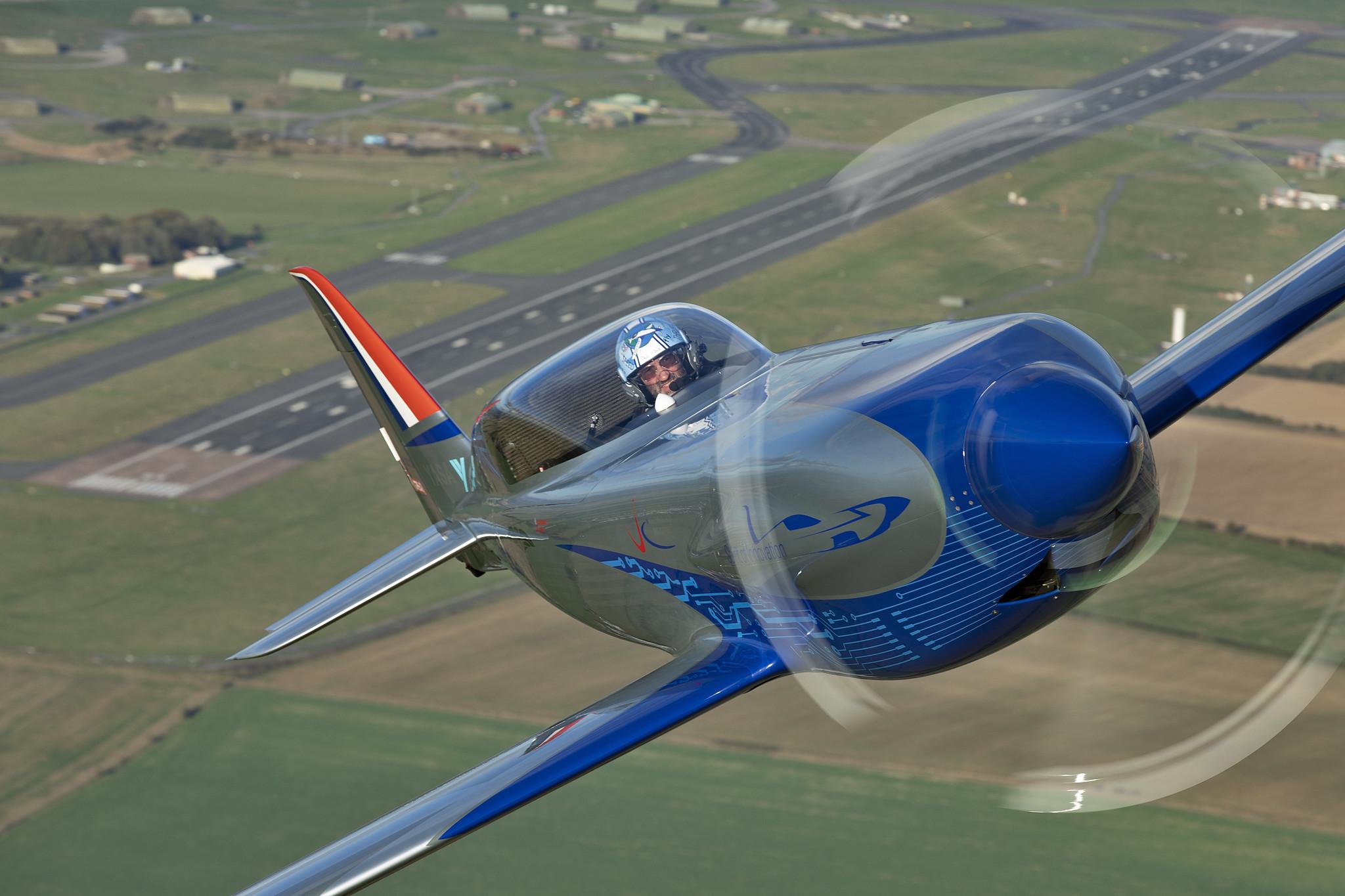
Credit: Rolls-Royce
LONDON—Rolls-Royce claims it has broken the world speed record for an electric-powered aircraft—555.9 kph (345.4 mph)—with its £6 million ($8.1 million) Spirit of Innovation. The aero-engine manufacturer said it has submitted data from a Nov. 16 flight at Boscombe Down, England, to the Federation...
Subscription Required
This content requires a subscription to one of the Aviation Week Intelligence Network (AWIN) bundles.
Schedule a demo today to find out how you can access this content and similar content related to your area of the global aviation industry.
Already an AWIN subscriber? Login
Did you know? Aviation Week has won top honors multiple times in the Jesse H. Neal National Business Journalism Awards, the business-to-business media equivalent of the Pulitzer Prizes.





